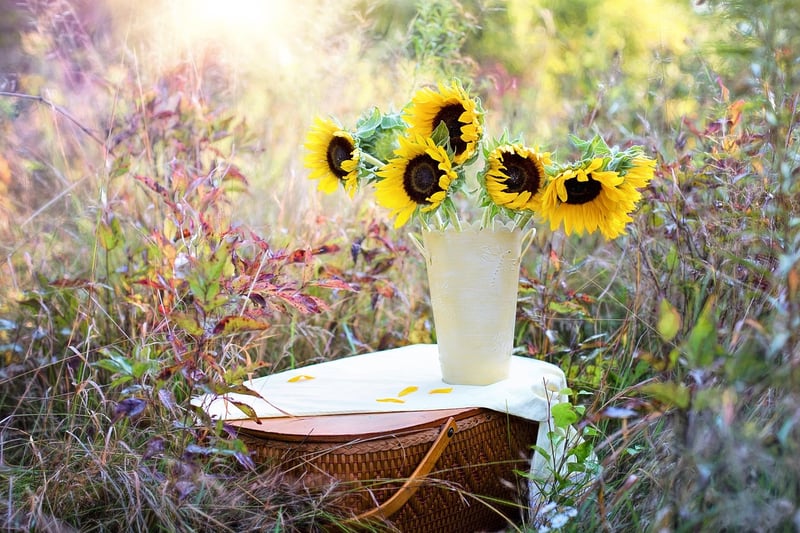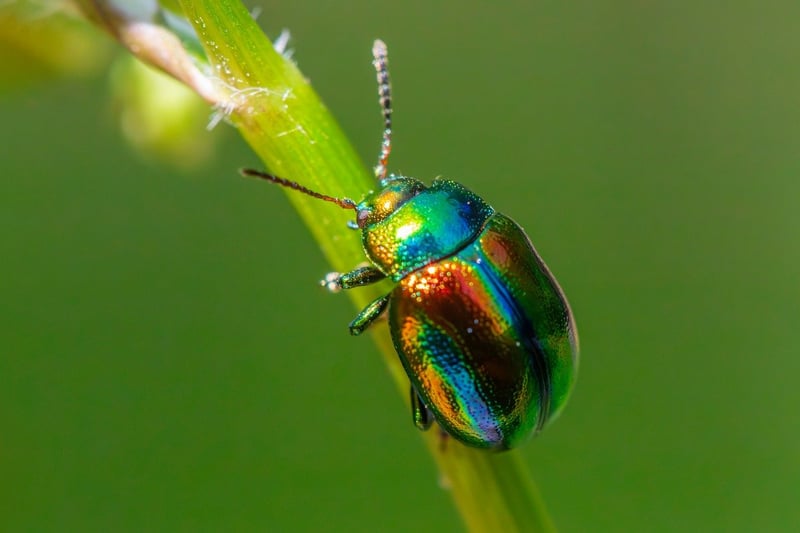Pest Control
Optimizing Plant Growth and Pest Control: A Comprehensive Guide
Welcome to our guide on optimizing plant growth and pest control! Whether you're a seasoned gardener or just starting with your green thumb, this article will provide you with valuable insights and tips to help your plants thrive while keeping pests at bay.
The Importance of Optimizing Plant Growth
Healthy plants are not only visually appealing but also contribute to a balanced ecosystem. When plants are thriving, they can better withstand diseases and pest infestations, leading to a more sustainable and fruitful garden.
Methods to Optimize Plant Growth
1. Proper Watering
Water is essential for plant growth, but overwatering can be detrimental. Ensure your plants receive an adequate amount of water based on their specific needs.
2. Adequate Sunlight
Most plants require sunlight to undergo photosynthesis, a process crucial for their growth. Be mindful of the sunlight requirements of each plant in your garden.
3. Nutrient-Rich Soil
Healthy soil rich in nutrients is the foundation for robust plant growth. Consider using organic fertilizers to replenish the soil with essential nutrients.
4. Pruning and Maintenance
Regular pruning and maintenance help promote healthy plant growth by removing dead or diseased parts, allowing the plant to allocate resources more efficiently.
Implementing Pest Control Measures
Pests can wreak havoc on your plants if left unchecked. Here are some effective pest control measures to protect your garden:
1. Natural Predators
Introducing beneficial insects like ladybugs or praying mantises can help control pest populations in a natural and sustainable way.
2. Neem Oil
Neem oil is a natural insecticide that can be effective against a wide range of pests while being safe for plants, pets, and beneficial insects.
3. Companion Planting
Planting certain herbs and flowers alongside your crops can help deter pests through their natural repellent properties.
4. Cultural Controls
Practicing good garden hygiene, such as removing debris and weeds, can help reduce pest habitats and prevent infestations.
Conclusion
By following the tips outlined in this guide, you can create an environment that promotes optimal plant growth while effectively managing pest populations. Remember that a healthy garden is a result of proper care, attention to detail, and a harmonious balance between plant growth and pest control.

For more information on plant care and pest control, check out our gardening tips section.
